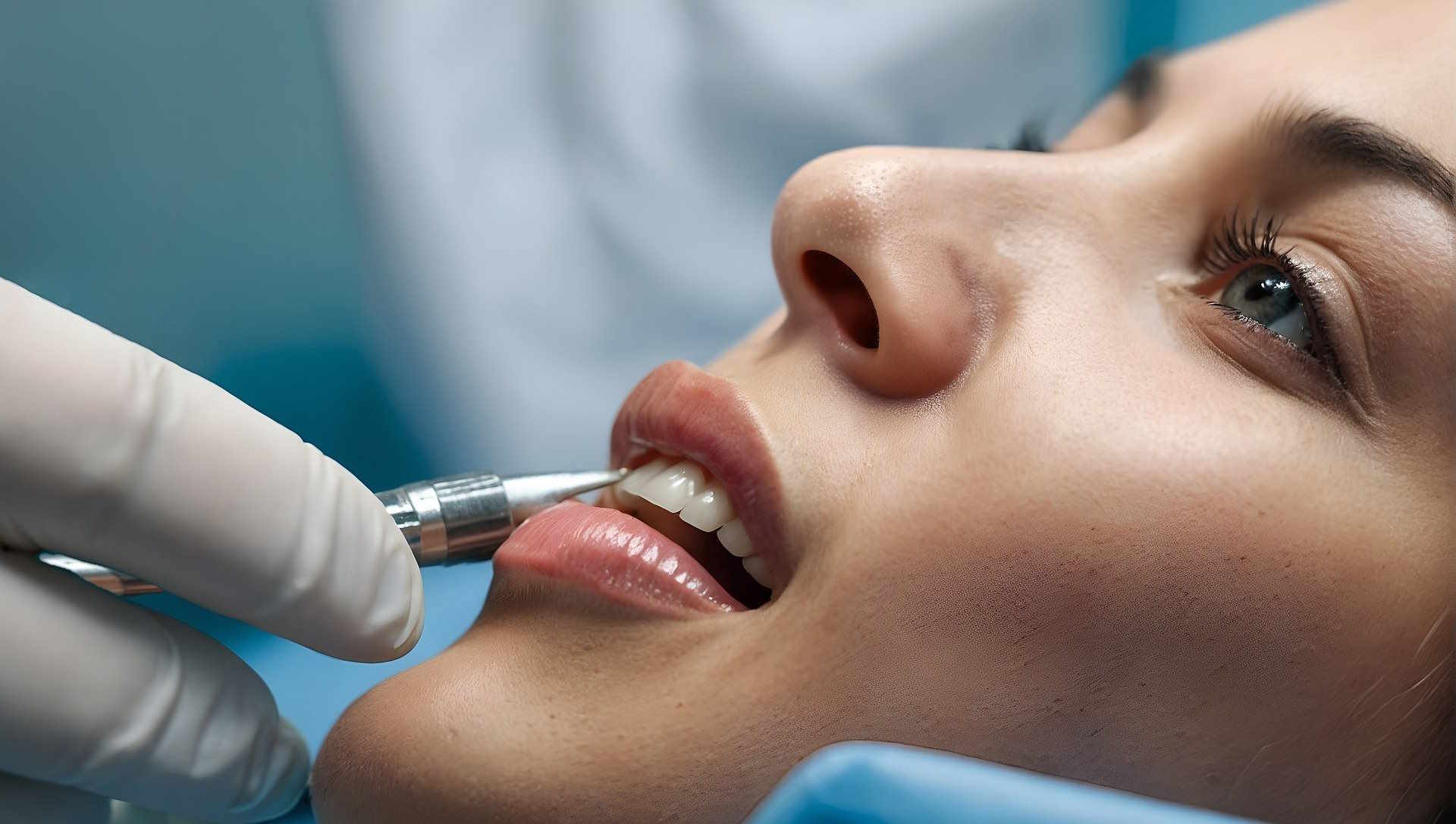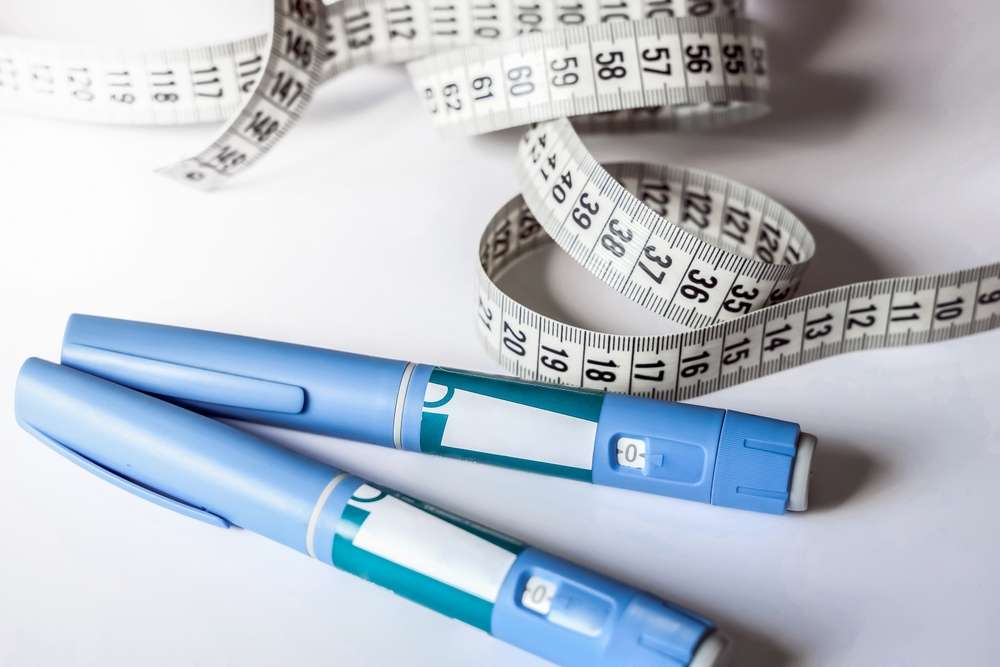Understanding Dental Grants: A Guide to Eligibility and Access
Dental care can be expensive, leaving many people unable to afford necessary treatments. Dental grants offer financial assistance to those who qualify, covering various procedures from basic cleanings to more complex work. These programs are designed to help individuals and families access essential oral healthcare without the burden of overwhelming costs.

What Are Dental Grants and Who Can Apply
Dental grants are financial assistance programs that provide funding for dental care to individuals who cannot afford treatment on their own. Unlike loans, grants do not need to be repaid, making them an attractive option for those facing financial hardship. These programs are typically offered by nonprofit organizations, government agencies, dental schools, and charitable foundations.
Eligibility for dental grants varies by program but generally focuses on individuals with low income, seniors, children, people with disabilities, veterans, and those without dental insurance. Many programs prioritize applicants who demonstrate urgent dental needs or face health complications due to untreated oral conditions. Some grants are also available for specific groups, such as victims of domestic violence or individuals undergoing cancer treatment. Application requirements often include proof of income, identification documents, and documentation of dental needs from a licensed dentist.
How Dental Grants Programs Work
Dental grant programs operate through a structured application process designed to identify and assist those most in need. After an applicant submits required documentation, the program reviews their financial situation and dental health status. If approved, the grant may cover all or part of the dental treatment costs.
Some programs work directly with participating dentists who agree to provide services at reduced rates or for free. Others reimburse patients after treatment is completed. Dental schools often offer grant-supported care through their training clinics, where supervised students perform procedures at significantly lower costs. Community health centers and mobile dental clinics also partner with grant programs to extend services to underserved areas. Processing times vary, with some programs offering immediate assistance for emergencies while others may have waiting periods of several weeks or months.
Types of Dental Procedures Covered by Grants
The scope of dental procedures covered by grants depends on the specific program and available funding. Most programs prioritize essential and preventive care, including routine cleanings, examinations, X-rays, and fluoride treatments. These services help maintain oral health and prevent more serious conditions from developing.
Many grants also cover restorative procedures such as fillings, root canals, extractions, and treatment for gum disease. Some programs extend coverage to dentures, bridges, and crowns, particularly for seniors or individuals who have lost teeth due to injury or decay. Orthodontic care, including braces, may be available through certain grants, especially for children with severe alignment issues affecting their ability to eat or speak. However, cosmetic procedures like teeth whitening or veneers are generally not covered, as grants focus on medically necessary treatments that impact overall health and function.
| Procedure Type | Typical Cost Range | Grant Coverage Availability |
|---|---|---|
| Routine Cleaning & Exam | $75 - $200 | Widely available |
| Fillings | $100 - $300 per tooth | Commonly covered |
| Root Canal | $500 - $1,500 | Available in many programs |
| Tooth Extraction | $75 - $450 | Frequently covered |
| Dentures (Full Set) | $600 - $3,000 | Available through select programs |
| Crown | $800 - $1,500 | Limited availability |
| Orthodontic Braces | $3,000 - $7,000 | Rare, priority for children |
Prices, rates, or cost estimates mentioned in this article are based on the latest available information but may change over time. Independent research is advised before making financial decisions.
How to Qualify and Apply for a Dental Grant in 2025
Qualifying for a dental grant in 2025 requires meeting specific criteria set by each program. Most organizations assess financial need through income verification, requiring applicants to provide pay stubs, tax returns, or proof of government assistance enrollment. Documentation of dental needs is also essential, typically in the form of a written diagnosis or treatment plan from a licensed dentist.
The application process generally begins with researching available programs and determining which ones align with your circumstances. Many organizations have online applications, while others require in-person visits or mailed documents. Be prepared to submit personal identification, proof of residency, and detailed information about your current dental condition. Some programs conduct interviews or require additional documentation to verify eligibility. It is important to apply to multiple programs simultaneously, as funding is often limited and competition can be high. Keep copies of all submitted materials and follow up regularly on application status.
Tips to Find Dental Grant Opportunities
Finding dental grant opportunities requires proactive research and awareness of available resources. Start by contacting local community health centers, which often have information about grant programs or offer sliding-scale payment options. Dental schools in your area may provide low-cost care through their training programs, with some offering grant-funded services.
Nonprofit organizations such as the Dental Lifeline Network, National Association of Free and Charitable Clinics, and United Way can connect you with assistance programs. Government resources, including Medicaid and the Health Resources and Services Administration, offer dental benefits or can direct you to funded clinics. Online databases and dental association websites maintain lists of grant programs organized by location and eligibility criteria. Religious organizations and local charities sometimes sponsor dental care initiatives or fundraising efforts for individuals in need. Social workers, case managers, and patient advocates at hospitals or clinics can also provide guidance and referrals to appropriate programs.
Making the Most of Available Resources
Securing dental grant assistance requires patience and persistence, but the effort can result in access to critical healthcare services. Once you identify potential programs, carefully review their requirements and deadlines to ensure your application is complete and timely. Maintain open communication with program coordinators and be responsive to requests for additional information.
While waiting for grant approval, explore interim options such as payment plans offered by dental offices, discount dental programs, or care through federally qualified health centers. Preventive care, including proper brushing and flossing, can help minimize the need for extensive treatments. By combining grant assistance with other resources and maintaining good oral hygiene, you can achieve better dental health and overall well-being without facing insurmountable financial barriers.
This article is for informational purposes only and should not be considered medical advice. Please consult a qualified healthcare professional for personalized guidance and treatment.




